Village Chushul : Ladakh’s Last Post
GHE Nov 21, 2025
Transforming Healthcare
Clean Energy and Enhanced Infrastructure
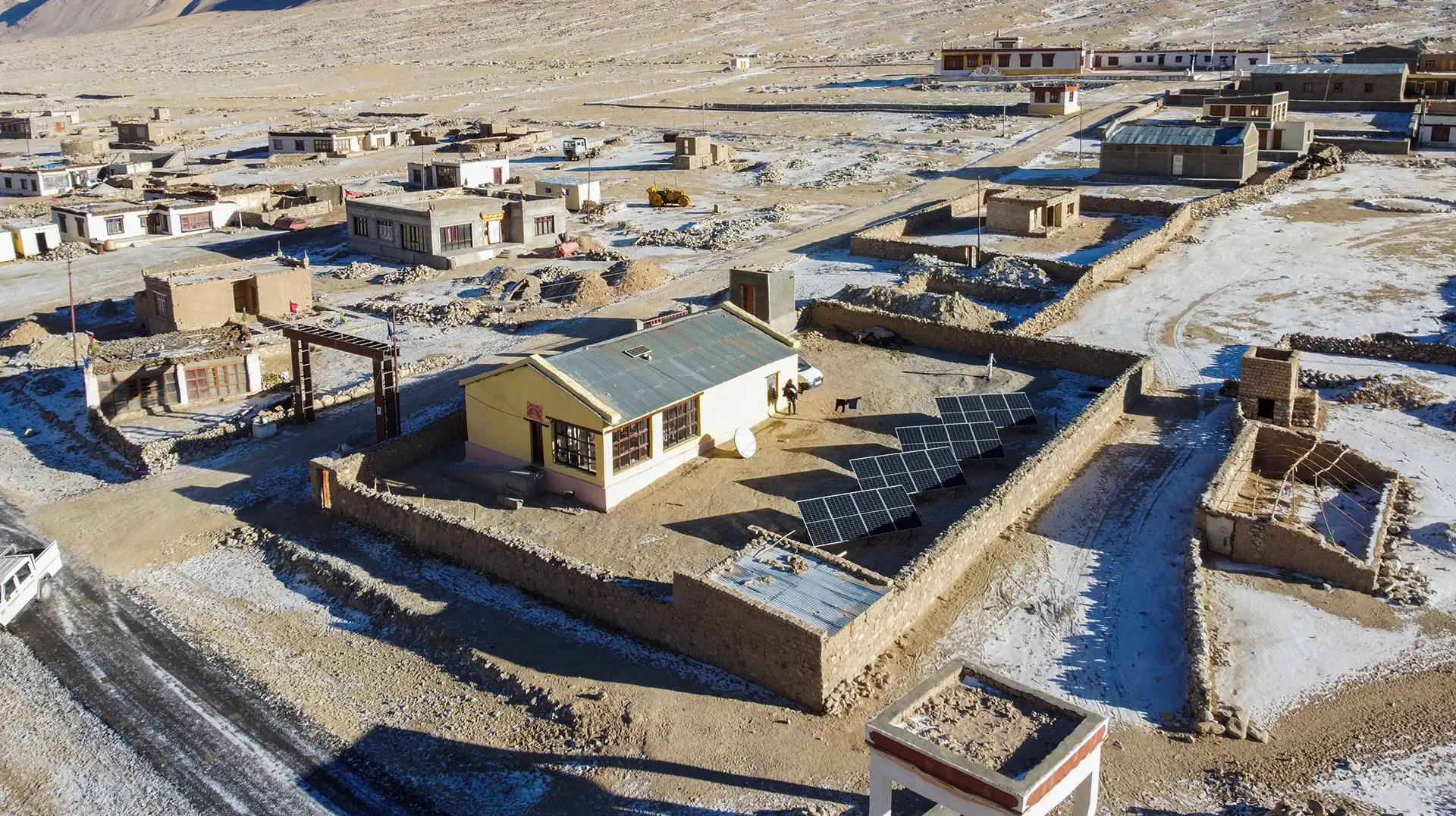
Healthcare in remote regions of India is in dire need of attention, facing formidable challenges that hinder effective medical services. Primary health centres, the backbone of rural healthcare, grapple with a critical issue—unreliable and irregular access to electricity. This energy deficit hampers the functioning of essential medical equipment and disrupts healthcare services, particularly affecting mother and child care. Without a consistent power supply, diagnostic tools and other critical equipment become unusable, jeopardizing the health of both mothers and infants.


Current Conditions of Health Centres in rural areas
Solutions
GHE has dedicated the past decade to tackling healthcare challenges in remote primary health centers (PHCs) through an environmentally conscious approach. Committed to sustainability, GHE installs rooftop solar systems to ensure reliable, renewable energy for PHCs and provides essential maternal and child health equipment. This initiative not only powers vital medical devices but also creates an eco-friendly healthcare infrastructure, harmonizing healthcare advancements with environmental stewardship. Moreover, we have integrated systems for remote monitoring and maintenance via a digital dashboard, ensuring these devices remain functional and well-maintained. Through these efforts, GHE enhances healthcare quality while promoting a healthier environment in underserved regions.

Solar Roof Top Power Plant setup for a PHC

Integrated Solution with Solar Power and Medical Equipments
Sustainability
At GHE, we have been keeping sustainability at utmost priority while extending the impact of healthcare initiatives in remote regions. Through the integration of durable solar systems, we not only address immediate healthcare needs but also significantly reduce the carbon footprint, promoting environmental resilience. Our emphasis on remote monitoring through digital dashboards ensures the real time monitoring and upkeep of the systems, optimizing resource utilization.

Ensuring Robust Maintenance for the Health Centres
In a collaborative stride towards sustainability, we actively engage with the government, contributing to AMC (Annual Maintenance Contract) for the systems we implement. This strategic partnership not only fosters shared responsibility but also integrates local stakeholders into the preservation of these vital healthcare infrastructures. By encouraging government stake and community involvement, we fortify the sustainability of our initiatives, creating a resilient framework that extends beyond our direct involvement, ensuring enduring improvements in the healthcare landscape of remote and underserved areas.
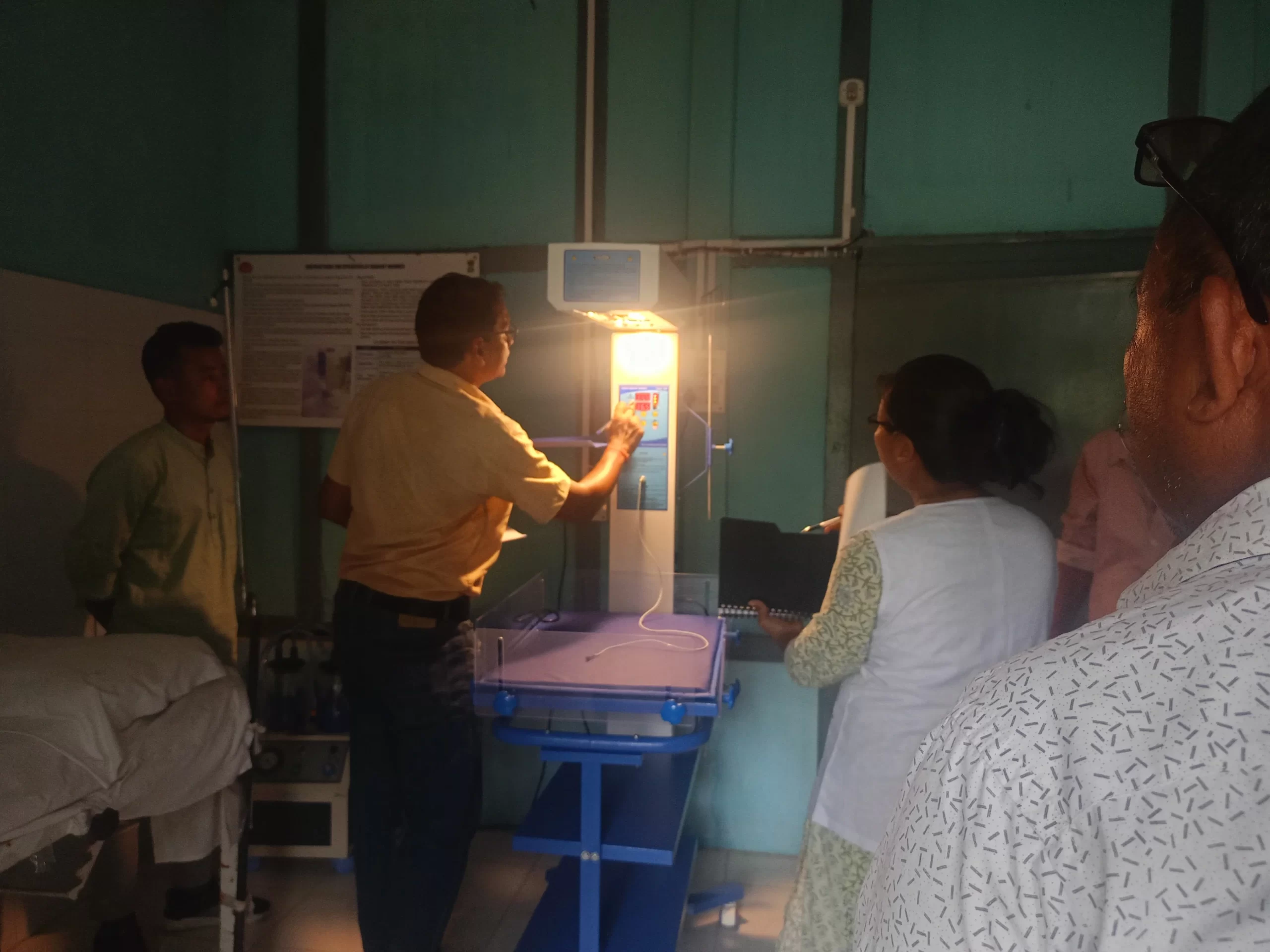
Repairing Baby Warmer during outage
“With the addition of solar power and modern medical equipment, our Primary Health Centre has transformed. Now, we can provide consistent care, save lives even after dark, and ensure that our patients receive the treatment they deserve, regardless of the hour or weather.”
– Dr. Kharan, Medical In-Charge, Purakhasia PHC, Meghalaya, India
Scalability
The scalability of the healthcare program is integral to its transformative impact in the communities where healthcare becomes even more crucial considering the region. Rooted in sustainable practices and collaborative frameworks, our initiatives are designed to be scalable, ensuring widespread access to improved healthcare. The initiative can be implemented in PHCs and Sub centres across multiple states such as Odisha, Assam, Arunachal Pradesh, Nagaland and Rajasthan.

Installing Solar Roof Top at PHC in Arunachal Pradesh
GHE has upgraded 27 Health Centers serving a total population of 200,000 people
The nature of the programme is creating healthcare awareness in the community and at the same time equipping the health care system to be able to cater to the need of these communities. Our programme beautifully supplements the existing infrastructure and further strengthens it. As we continue to refine and expand our initiatives, the goal is to create a scalable blueprint that can be adapted and adopted, bringing lasting improvements to healthcare landscapes in diverse and underserved communities
Operational Approach
- Identify and select primary health centers (PHCs) or sub-centers needing energy access through consultations with the state health department and district administration.
- Conduct a baseline analysis of these centers to assess needs based on their current infrastructure.
- Design solar grids tailored to meet both current and future requirements of the PHCs.
- Procure solar grid components and medical equipment from various vendors and arrange transportation to village sites.
- Install and commission the systemsand provide training to medical staff on their operation and maintenance.
- Organize community awareness camps focusing on preventive and curative healthcare.
- Perfom regular monitoring, including warranty and annual maintenance contracts (AMC).
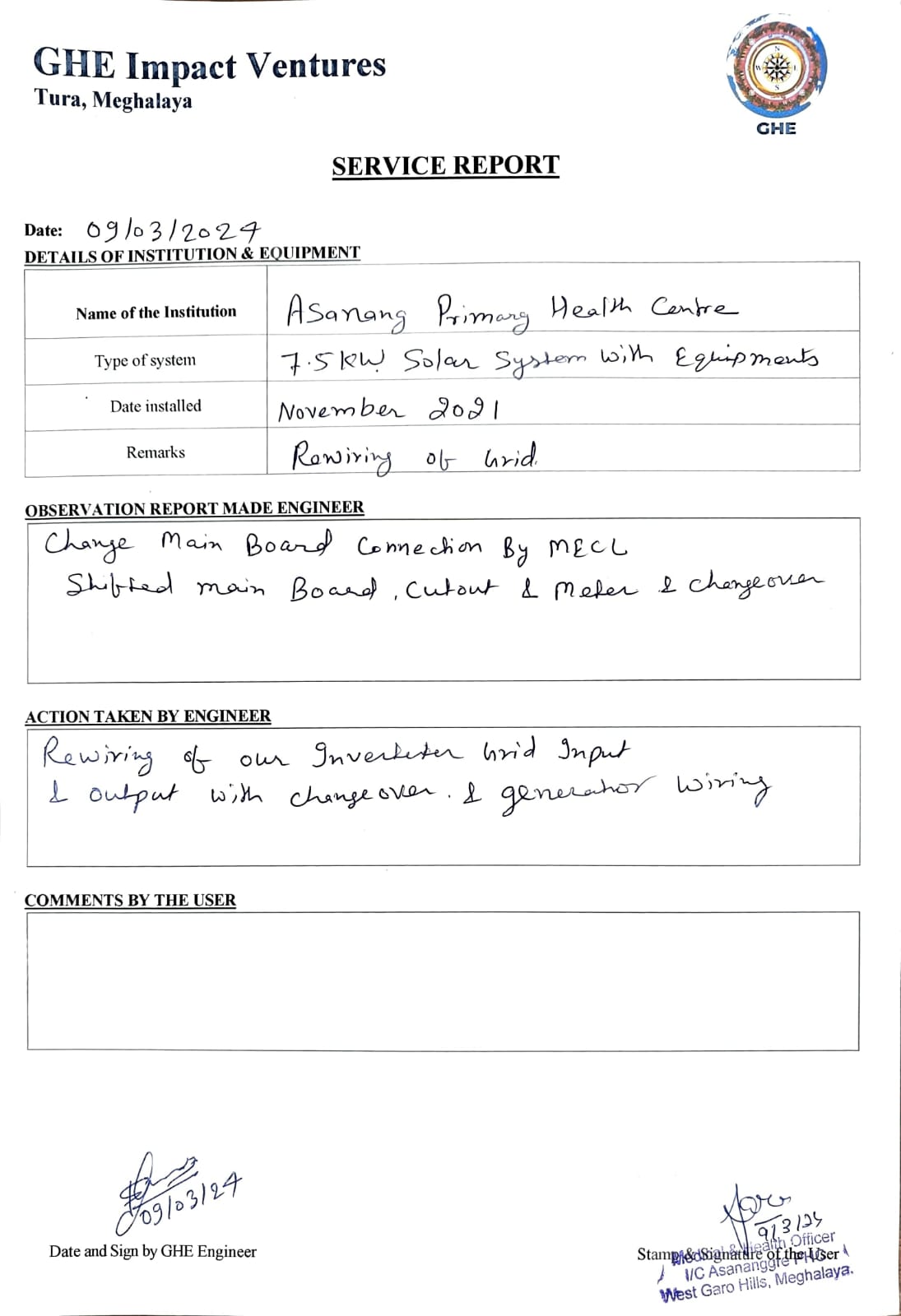
Maintenance and AMC
Impact
Solar electrification paired with modern healthcare equipment can revolutionize healthcare delivery in underserved rural areas. Reliable solar power ensures that Primary Health Centres (PHCs) can operate essential medical devices, keep vaccines and medicines refrigerated, and provide lighting for night-time care. This advancement leads to more accurate diagnoses, improved treatment options, and enhanced patient outcomes. Solar-powered PHCs remain operational during power outages, maintaining critical services when most needed. This integrated approach not only fortifies the healthcare infrastructure but also builds community trust in local health services, fostering better health outcomes and boosting the overall well-being and resilience of rural populations.
Latest Blogs
Explore perspectives on the work we do and ways to make an even greater impact together.



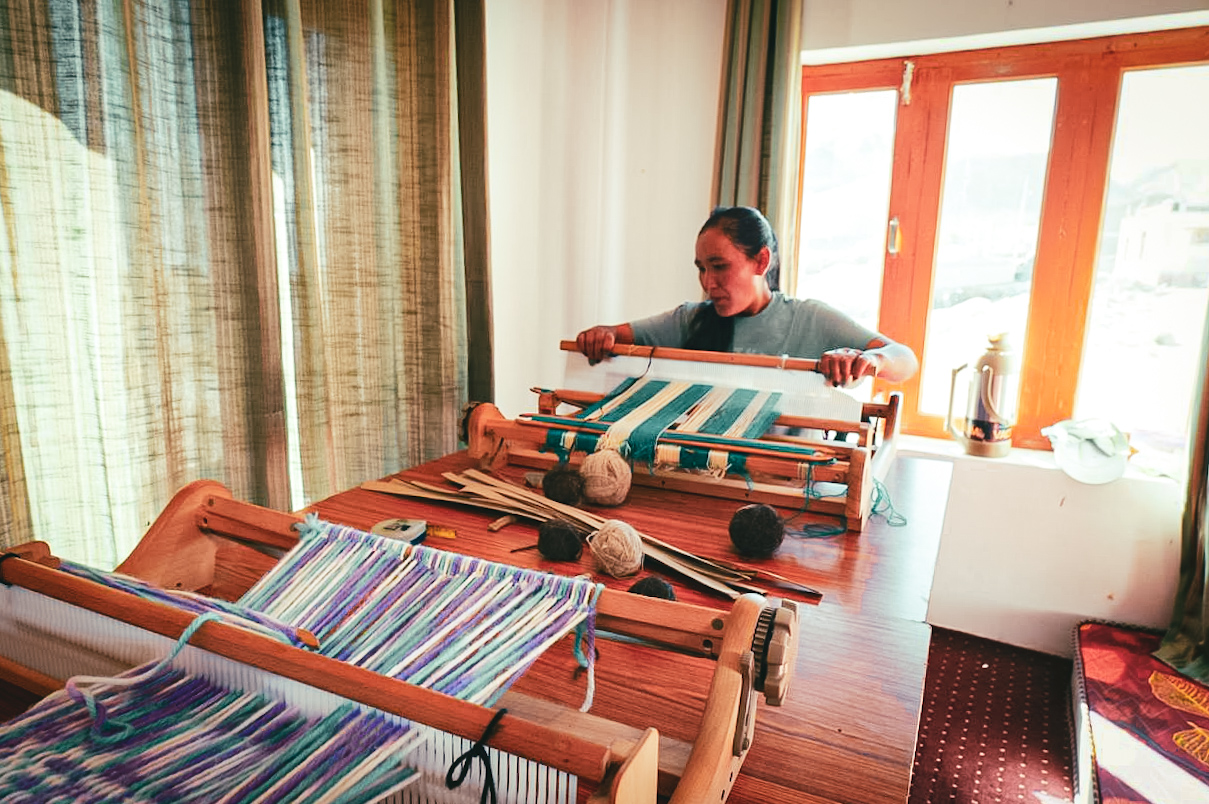
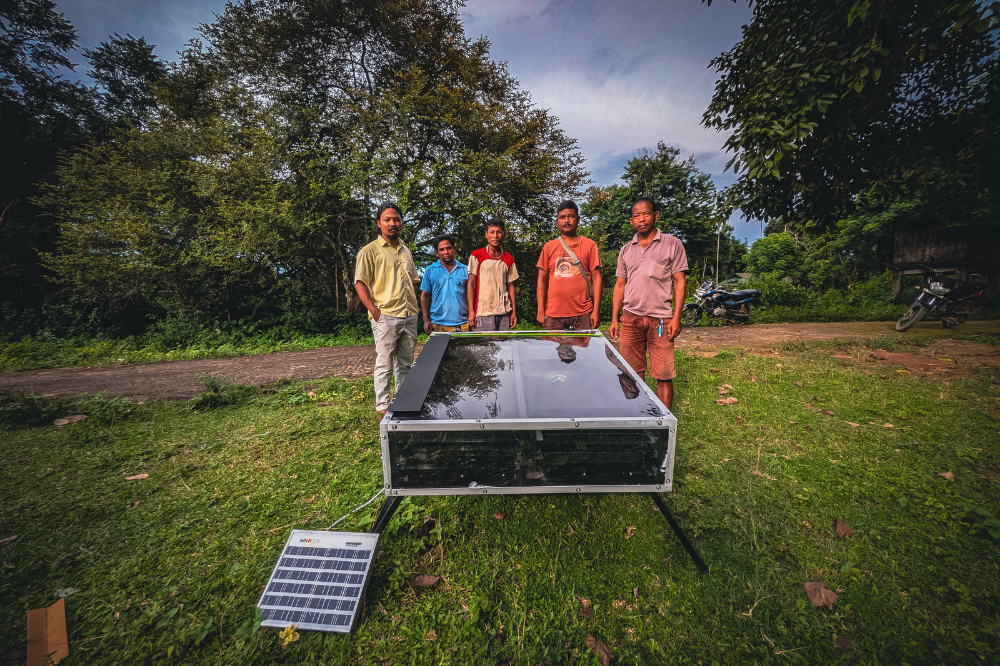


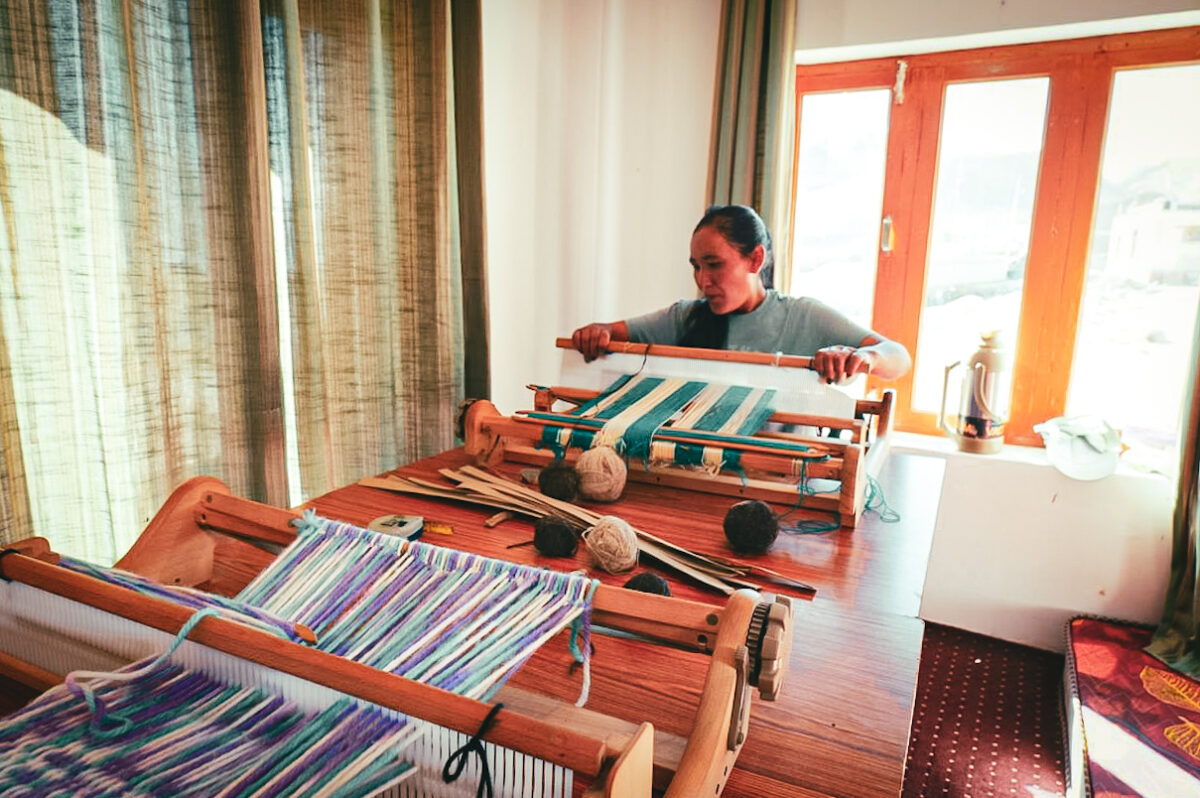



0 Comments